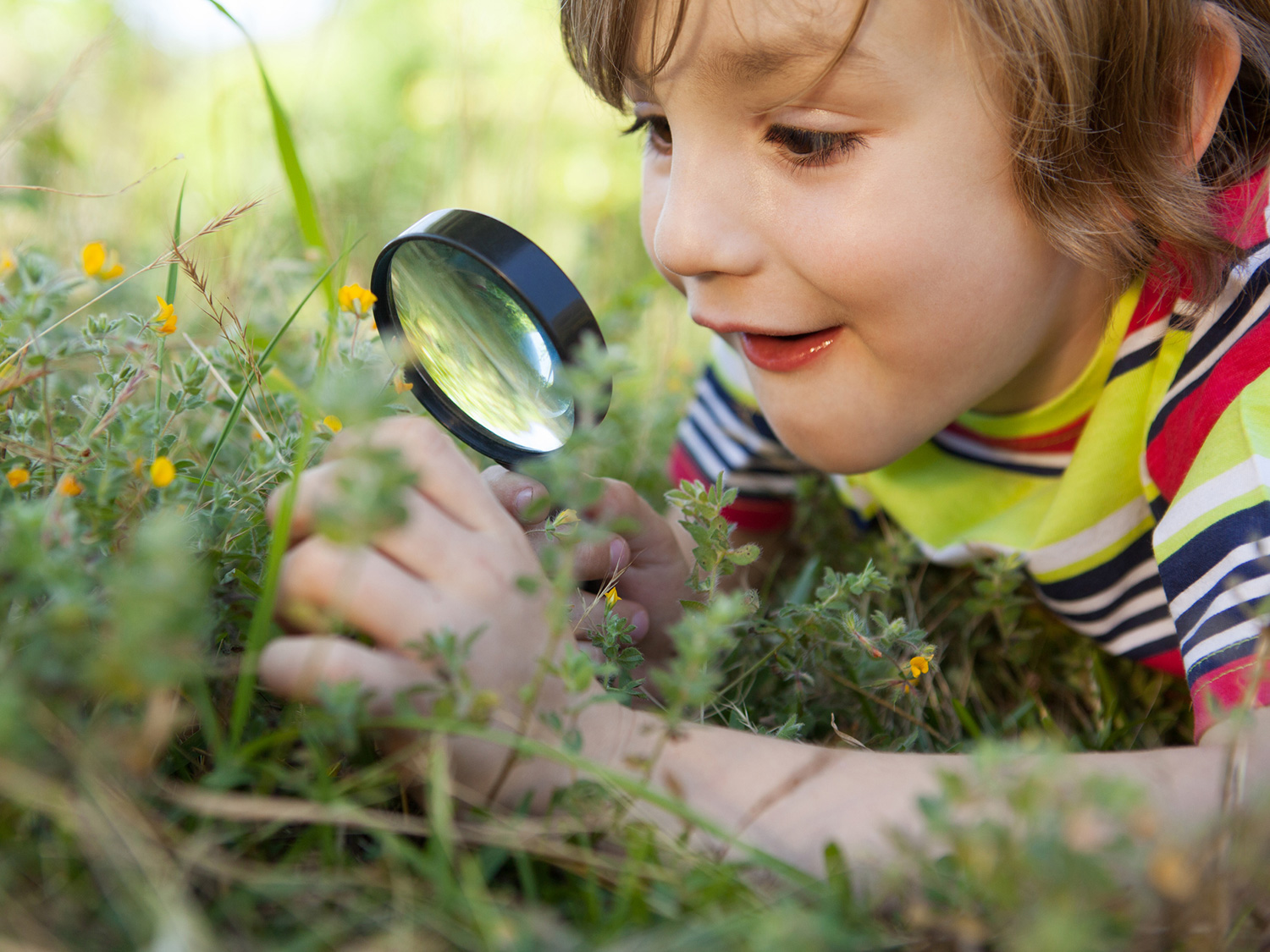Knowing the process by which your child is growing gives you many options to help support and advance development. Use the below activities to ignite your child’s passion, nurture a weak area, or foster the advancement of a strength.
Animals & Habitats: Children this age present an interesting mix of fantasy- and reality-based ideas. Their animism (belief that animals and humans act the same) is strong, as is their creative idea formation. Build off of both and support the development of your child’s schema (foundation knowledge), logic skills, and creative thinking with these activities:
Perspective Taking, Literacy Skills, Emotional Development:
- Critter cam is an animated interactive on the National Geographic site that lets you see habitats from the perspective of the selected animal (Leopard Seal, Sperm Whale, or Bearded Seal), which has a camera affixed atop its head. Scroll down to check out the other virtual critter cams. On the same page, your child can see real critter cam footage. Check it out!
- True Animal Tales: There is a series of true animal tales that lend themselves wonderfully to perspective taking, emotional development, literacy skills, schema building, and so many other cognitive and academic skills! Some fun ways to take advantage of this marvelous series:
- Read Winter's Tail: How One Little Dolphin Learned to Swim Again by Craig Hatkoff, Juliana Hatkoff, and Isabella Hatkoff. This is a great book to use to talk about compassion, perseverance, science, conservation, living with disabilities, etc. For an easy-to-read option, check out Dolphin Tale: The Junior Novel by Gabrielle Reyes.
- Take your child on a virtual field trip where he can meet Winter.
- Learn about dolphins.
- Wild Dolphins app: This app tells the story behind the movie Dolphin Tale with factual and scientific interviews, videos, graphics, sounds, and interactive elements.
- Encourage your child to play at Turtlepond and meet Winter and the other courageous animals whose stories are told there. Click around and your child will meet Junior Buddy (easy-to-read story), Leo, Knut, Owen & Mzee, Lola & Tiva (easy-to-read story), and Miza (there's an additional fun quiz).
- Watch Web Cams: What better way to learn about animals than to watch them live! There are some incredible web cams available with live stream 24 hours a day, from all over the world. But be aware: these are not edited and animals do hunt, kill, fight, and at times, get hurt. Please screen accordingly. A nice book to read as a tie in is The Magic School Bus Gets Eaten: A Book About Food Chains by Patricia Relf and Joanna Cole. Bring out the clipboard and allow your child to take notes, draw sketches, and otherwise keep track of the adventures of the animals he is watching. Tie your choices into fun books or activities. For example, can your child move like the animal you are studying? Use Google Earth to see where your animals are located. What is the weather there? Is your child watching two different kinds of the same animal (e.g., polar bears and black bears)? Have him compare them, or their habitats, or plot their locations on maps and see the distance between them, or the distance from himself to them. If she is watching eagles, ask her to brainstorm bird expressions (e.g., bird’s eye view, bird brain, bird in the hand, etc.). If he is watching elephants, compare and contrast them to humans (e.g., food, water, habits, etc.). Make an online Venn Diagram.
- Want a webcam on the go? The San Diego Zoo has a nice, free app with polar bears, pandas, and an orangutan. Continue the investigations online. They have webcams here, along with games and other interactives to explore.
- Decorah eagles are amazing to watch, especially when they are nesting (winter to early summer). Take a look here.
- Wild Earth has many webcams all over the world, including an African Safari. They are not all live at the same time, but it’s easy to choose the ones that are.
- Monterey Bay Aquarium also has webcams, both within the aquarium and at open sea.
- Connect what you see to some fun books. Find those that work with the animals/locations you are watching:
- There are over 20 animal readers on the Scholastic site. See which ones extend your child’s ability and interest.
- Homes in the Ground by Mary Reid
- The Magic School Bus Hops Home: A Book About Animal Habitats by Joanna Cole, Patricia Relf, andNancy W. Stevenson
- Who Lives in the Rainforest? by Mary Reid and Susan Canizares
- The Magic School Bus Gets Cold Feet: A Book About Hot-and Cold-blooded... by Tracey West and Joanna Cole
- The Great Kapok Tree by Lynne Cherry
- Whose Shadow Is This? By Claire Berg
- Antarctica by Helen Cowcher
- I See a Kookaburra! by Steve Jenkins and Robin Page
- Crinkleroots Guide To Knowing Animal Habitats by Jim Arnosky
- Bindi Wildlife Adventures series: What a great way for kids to see themselves as the center of their own stories! By Chris Jun, Bind Irwin, and Jess Black

